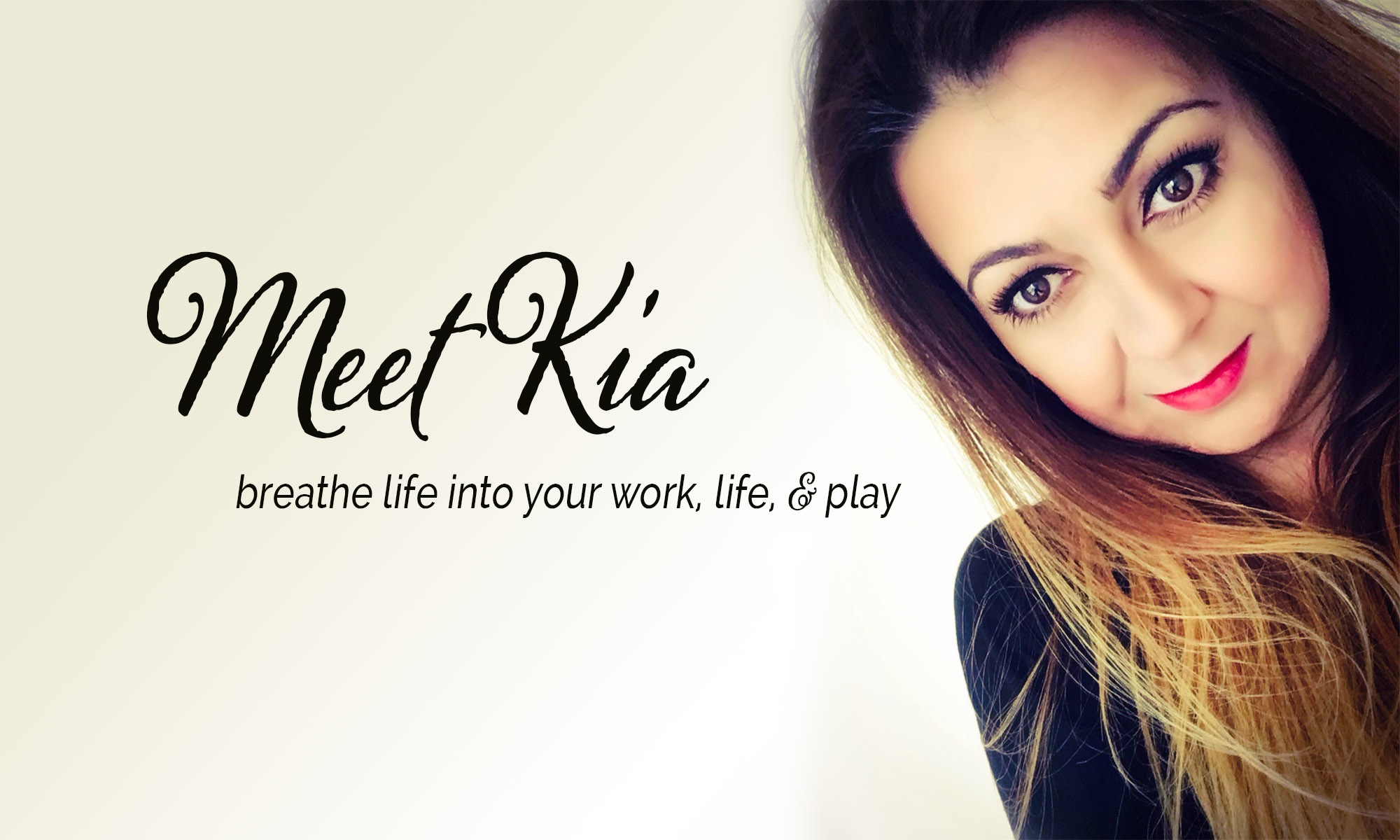August 1, 2004 was a very significant day for me. It was the day I became an official business owner and took over our new business. That same month, my husband and I found out we were expecting our first child. And seven “short” years later, our second child came along in August of 2011. As a business owner and a mom, It has been and continues to be a quite a ride.
Autonomy was the biggest reason I decided to become a business owner. I wanted to be there for my kids when they needed me—at the bus stop, at school concerts, play dates, sick days, or anything else that required my attention during work hours.
What I wasn’t prepared for was the amount of energy (and stress) that business ownership required. In the first few years, I struggled with guilt that I should be spending more time with my family. However, I later encountered something quite unexpected—I actually enjoyed working and wanted to come to work.
You see, I always believed that I would be a full-time mom. Career was never that important to me. And so I was in a quandary. I already felt that I worked more than I wanted to, but I enjoyed my work. In my quest to reconcile this dilemma and find a work/life balance, I again discovered something unexpected: work/life balance doesn’t exist. It’s a myth. Just like there is no “five easy steps” to anything, there is no such thing as work/life balance.
Like all truth does, this truth set me free. When I stopped berating myself for not holding to some preconceived notion of balance in my work and my family/personal life, not only did my business flourish, but our family dynamics improved as did my overall sense of satisfaction and happiness.
Don’t get me wrong. There were and continue to be many challenges, frustrations and even failures. But who needs the extra baggage of “this isn’t how my life SHOULD be” thinking? As a good friend once told me, stop “should-ing” all over yourself and enjoy the life you have.
Instead of five easy steps, let me share with you five truths to shatter the work/life balance myth:
- Trust yourself that you will make the right decision with the information you have right now. Do what you can with the resources/money/time you have now. Don’t wait for perfect clarity, don’t wait for the right moment.
- Stop overthinking things and making 1000 “what if” scenarios. Acknowledge, you will fail in some things (and refer to any one of the thousands of motivational quotes you see on social media about failure).
- Your character and your life are shaped in the journey, not when you reach your destination. Let go of unrealistic expectations. Refer to #1 and make course corrections as needed.
- Don’t use #3 as an excuse to not plan, not set goals, or make bad choices. People who set goals (even small goals) and strive to reach their goals are happier and more content people.
- Have the courage to make difficult decisions and tough changes when required. Sometimes it’s small changes like waking up an hour early every day to exercise or meditate. Or big things like changing careers or where you live. With any change, there is a period of discomfort and even pain. But once you make the change, you’re usually better off. Ask yourself, do you prefer endless slow suffering or a short period of intense suffering that you know will end?
Like unicorns and rainbows, work/life balance sounds fun and happy, but it’s elusive because you will rarely reach it. Have you ever tried to get close to a rainbow? It just goes POOF!
The next time you’ve got fifty things competing for your attention, take a minute and focus. If at work, focus on work. If with your family, focus on them. You’ll never balance the fifty, but you will balance the one that you’ve chosen to focus on.






